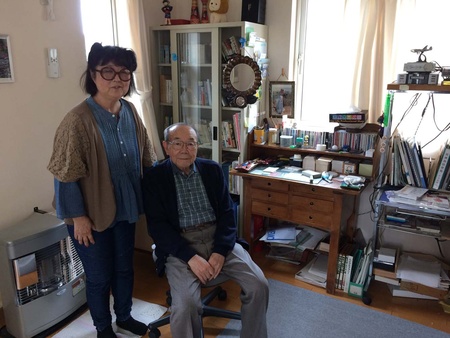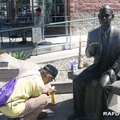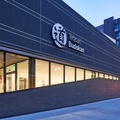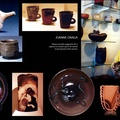Young Dr. Kitano was feeling very happy. He had recently graduated from medical school - and his new patient Masako was the young daughter of a prominent family in the village and considered by everyone as the most beautiful young maiden in the entire region of northern Japan. She quickly got well, and they fell in love.
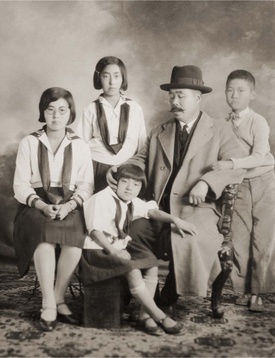
Because she was still young, he agreed to wait for 4 years until she became of age for marriage. They were married in the most joyous wedding ceremony the village had ever seen – everyone talked about this event – the handsome young doctor marrying such a beautiful bride. Soon, the young couple had a healthy baby girl and Dr. Kitano and Masako could not have been happier.
One day, Dr. Kitano was reading the local newspaper about a deadly flu virus that has been spreading all over the world – something called the “Spanish Flu”. Soon many sick people came to the village medical clinic but Dr. Kitano, despite his best efforts, was not able to stop the spreading virus and its deadly effects. And then it happened – an unthinkable tragedy - Masako herself caught the flu.
Dr. Kitano studied all the known medical treatments and worked feverishly to try to cure his many patients but the disease was a novel influenza virus and did not respond to treatment. Many in the village died – including his beloved wife Masako. Dr. Kitano was devastated and broken.
After Masako died, Dr. Kitano, despondent and depressed, could not provide care for anyone – not even his baby daughter so he asked his older brother to take care of her. He needed to get away – to separate himself from all that reminded him of this bitter sadness – so he left Japan and came to America. He ended up in San Diego, California in the year of 1921.
There was a small but lively Japantown in the gaslight district of downtown San Diego. Dr. Kitano decided to open up a medical book shop there since he was barred by a racist California law from practicing medicine in America. His English language skills improved and soon he was learning about Western medicine from top medical experts in the area – and he determined to learn all he could about dealing with future pandemics.
From time to time, Dr. Kitano would go to a local barber shop operated by a Japanese widow whose husband died, leaving her with the care of four young children. They became friends and they eventually got married and he became a step-father for the children.
Dr. Kitano lived in San Diego for 15 years and then in 1936 decided to return to Japan and he brought the oldest of his step-children (named Sumako) with him. He also brought with him his knowledge of Western medicine and established a medical library so that he could help the village clinic be better prepared for future pandemics. In time, Sumako met a tall and handsome Japanese soldier and they got married.
Sumako and her husband had three daughters and in 1952, Sumako and her family left Japan and moved to San Diego. Sumako’s oldest daughter became a school teacher in Los Angeles where she met a handsome young social worker named Bill Watanabe (OK – so I’m not so handsome) and we got married.
Meanwhile, Dr. Kitano’s daughter, whose care he had left with his older brother, bore a son who also became a medical doctor – and the legacy of Dr. Kitano continues to this day. This is a mostly true story.
Author’s note: Dr. Kitano's name has been changed for anonymity.
*This article was originally published in The Rafu Shimpo on April 24, 2021.
© 2021 Bill Watanabe


